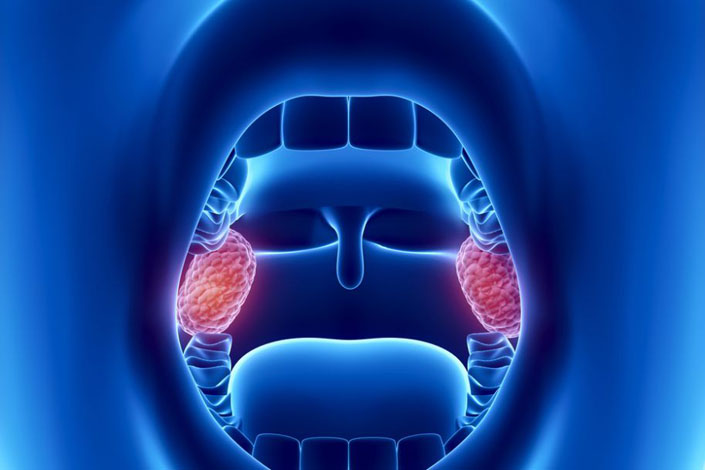Pediatria Terapia 2024, 10 ( 441 ) : 44 - 47
Co nowego w leczeniu anginy paciorkowcowej?
What's new in streptococcal pharyngitis treatment?
Ostre zapalenie gardła i migdałków najczęściej ma etiologię wirusową. U dorosłych wirusy oddechowe odpowiadają za powyżej 90%, a u dzieci za 70–85% zachorowań. Ogromna większość (powyżej 90%) zakażeń bakteryjnych wywoływana jest przez Streptococcus pyogenes (paciorkowca beta-hemolizującego grupy A – PBHA, tzw. paciorkowca ropotwórczego); zdecydowanie rzadziej stwierdza się Arcanobacterium haemolyticum, Fusobacterium necrophorum lub paciorkowce grupy C i G (1,2). S. pyogenes może również kolonizować górne drogi oddechowe nie dając żadnych objawów choroby. Częstość bezobjawowego nosicielstwa w gardle zależy od wieku: 15. r.ż. – 2–4% (2).

Zaloguj się i przeczytaj bezpłatnie całą treść artykułu.
Nie masz jeszcze konta dostępowego?
Zarejestruj się bezpłatnie, a otrzymasz:
* dostęp do wszystkich doniesień oraz pełnych tekstów artykułów naukowych w naszej Czytelni,
* prawo do bezpłatnego otrzymywania newslettera "Aktualności TERAPIA" z przeglądem interesujących i przydatnych wiadomości ze świata medycyny oraz systemu ochrony zdrowia w Polsce i na świecie,
* możliwość komentowania bieżących wydarzeń oraz udziału w ciekawych quizach i konkursach.
Zapraszamy serdecznie, dołącz do naszej społeczności.



Dodaj komentarz